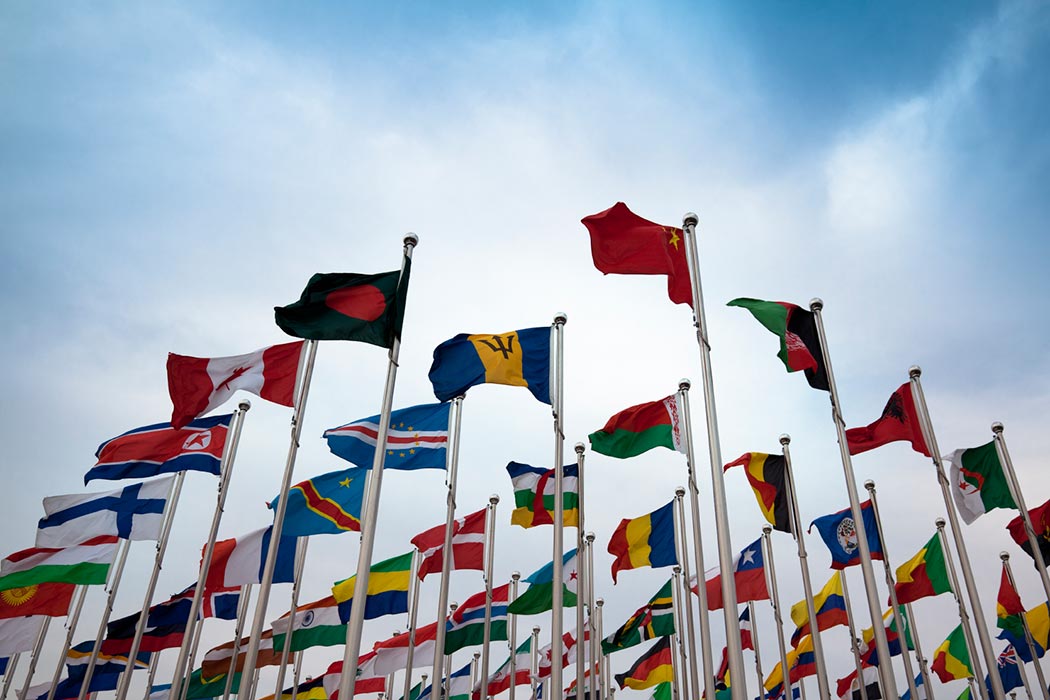Can rich and poor nations really come together to set policies that promote health, education and environmental sustainability? As 2015 dawns, we’re hitting the moment of truth for an ambitious test of that question. It’s the deadline for the Millennium Development Goals, created in 2000.
The world has made big strides toward some of the goals, including reducing infant mortality, deadly diseases, extreme poverty and hunger, while making little progress on others—particularly deforestation, carbon dioxide reduction, and other environmental issues.
One of the most impressive things about the goals may be that they were ever created at all. In a 2004 paper in Global Governance, Sakiko Fukuda-Parr explained how the Millennium Development Goals changed the way nations look at international goals.
Between the 1960s and 1980s, Fukuda-Parr writes, the United Nations’ agendas tended to focus on economic growth rather than directly addressing human well-being. Starting in the 1990s, economists began to look seriously at ways of tracking progress that focused on measures of well-being instead of metrics like gross domestic product. The Millennium Development Goals drew on a growing consensus among world leaders on the significance of these kinds of goals.
The importance of the goals came partly from the fact that—unlike UN declarations—they included time limits, quantifiable outcomes, and a framework for holding nations accountable. In particular, the goals hold wealthy countries responsible for reducing the debt burdens of developing nations and improving fairness in trade.
Fukuda-Parr also points to some criticisms of the goals, and Susanne Soederberg elaborates on some of these concerns in a 2005 paper for Alternatives: Global, Local, Political. Focusing on the 2002 UN Financing Development conference in Monterrey, Mexico, which developed strategies to meet the Millennium Development Goals, Soederberg argues that the “Monterrey consensus” serves transnational moneyed interests.
As corporations and investors from developed countries look to the developing world for consumer markets and cheaper labor, the richer countries fear a backlash against globalization, Soederberg writes. The Monterrey consensus offers more international support for alleviating human crises in developing nations while pushing financial and trade liberalization policies that, in many cases, have hurt the most vulnerable people in poor countries.
Soederberg writes that world leaders try to prop up exploitative financial relationships by “manufacturing the commonsense assumption that the adoption of neoliberal reforms is an inevitable and logical strategy for developing countries in order to attract sorely needed foreign investment.” In some cases, this involves grants, particularly from the U.S, that are contingent on policies like trade liberalization.
Whether we see the Millennium Development Goals as a step forward for global cooperation or a piece of a larger, exploitative system, 2015 is a good time to reflect on how the rich and poor countries of the world relate to each other, particularly because world leaders are already hard at work developing a new set of goals to guide their work in the future.







